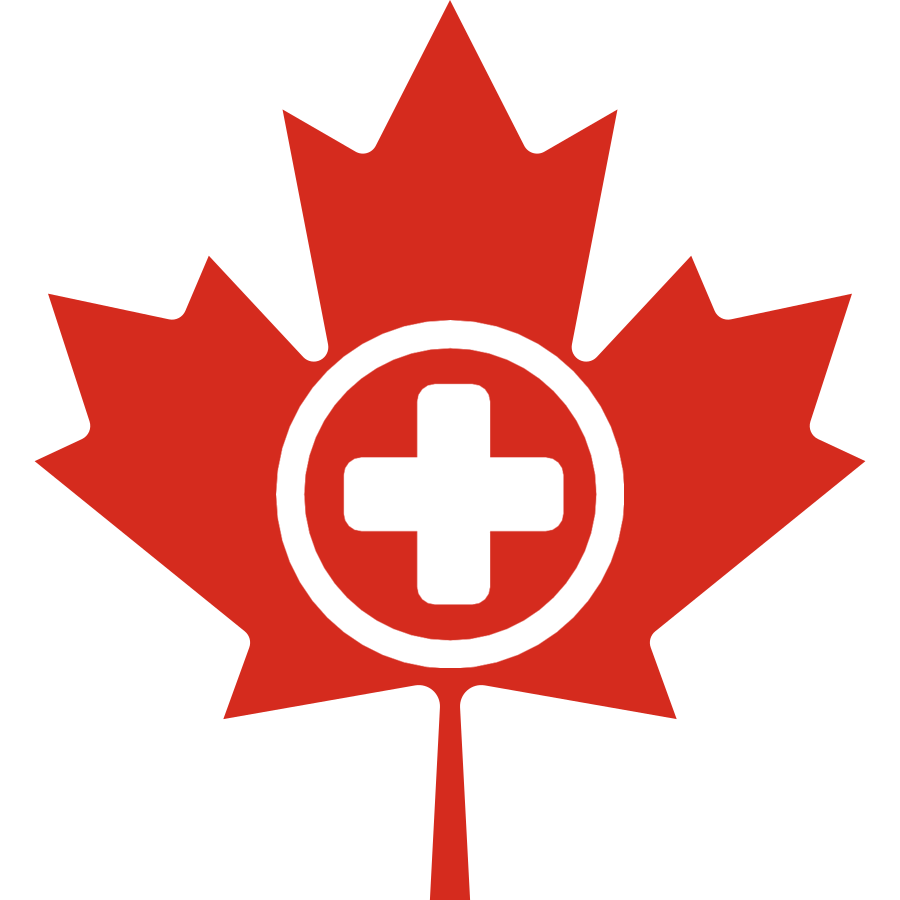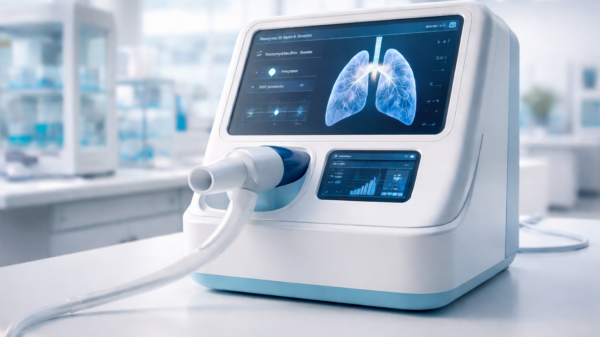Despite the prospects of the Canadian healthcare system, a quarter of cancer patients are still buried by out-of-pocket expenses.
The Angus Reid Institute released new data on Tuesday, showing that 40 per cent of respondents struggled to save money for retirement after treatment.
The data also revealed that 23 per cent of Canadians who received a cancer diagnosis faced substantial out-of-pocket costs.
The study also found that individuals who have had cancer or are close to someone diagnosed with the disease reported that unpaid time off work or losing a job had a “major” negative effect on their own or their close friend or family member’s mental health.
More than half of Canadians believe their provincial government (38 per cent) or the federal government (18 per cent) should cover the out-of-pocket costs related to cancer care. Only 7 per cent said the patient should pay for the extra expenses.
The poll then asked how they would financially handle an additional CAD$260 a month in costs due to cancer treatments. Consequently, more than three-quarters (77 per cent) of respondents who have not been diagnosed said it would be hard to save for retirement.
Nearly half of this group told the pollster that the additional costs of cancer treatment would make it difficult to cover rent (44 per cent) or their mortgage (45 per cent).
Read more: Breath Diagnostics onboards new president and closes critical financing
Read more: Breath Diagnostics pioneers novel lung cancer breath test
There are significant coverage gaps in cancer treatment and diagnosis
The online survey took place between Jan. 10 and Jan. 17, involving a representative randomized sample of 2,044 Canadian adults who are members of the Angus Reid Forum.
Canada’s healthcare system provides universal coverage for essential medical services, ensuring access to hospital care, physician services, and diagnostic tests. These are funded primarily through taxes, and ensures that all residents have access to necessary healthcare without direct charges at the point of service.
However, when it comes to cancer treatment and diagnosis, there are significant gaps.
The healthcare system generally covers chemotherapy, surgery, and radiation. However, certain services like prescription medications for cancer treatment, are often not fully included under provincial plans.
Many cancer drugs, especially newer or targeted therapies, require additional coverage through private insurance, leading to out-of-pocket expenses for patients. There’s also a scarcity of technology. Diagnostic tools like PET scans may also be limited or unavailable. Patients would then be forced to pay for these services privately.
Furthermore, some outpatient cancer services like specialized consultations or fertility preservation, may not be. These coverage gaps can create financial barriers for patients, affecting their ability to access the full range of care they need.
.














